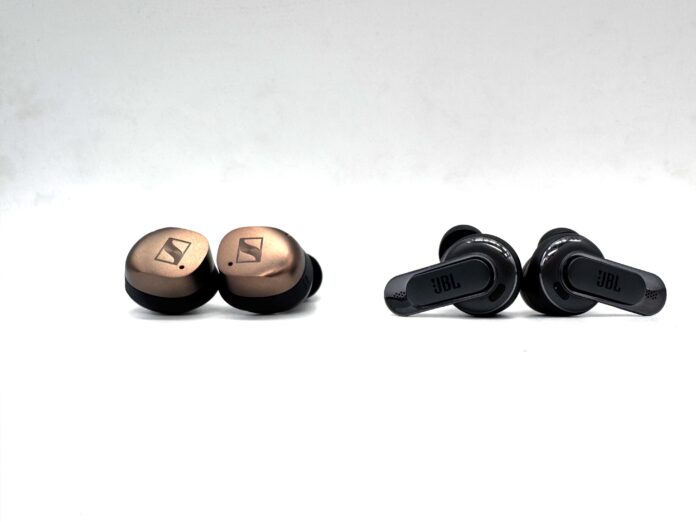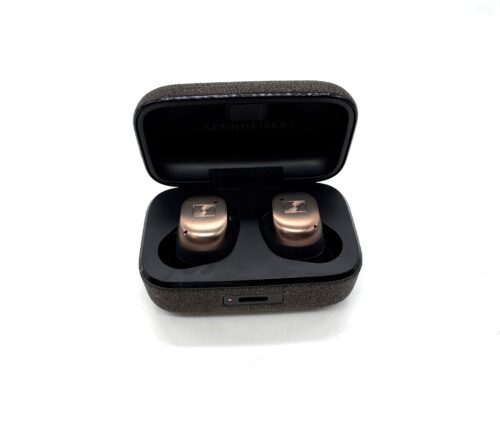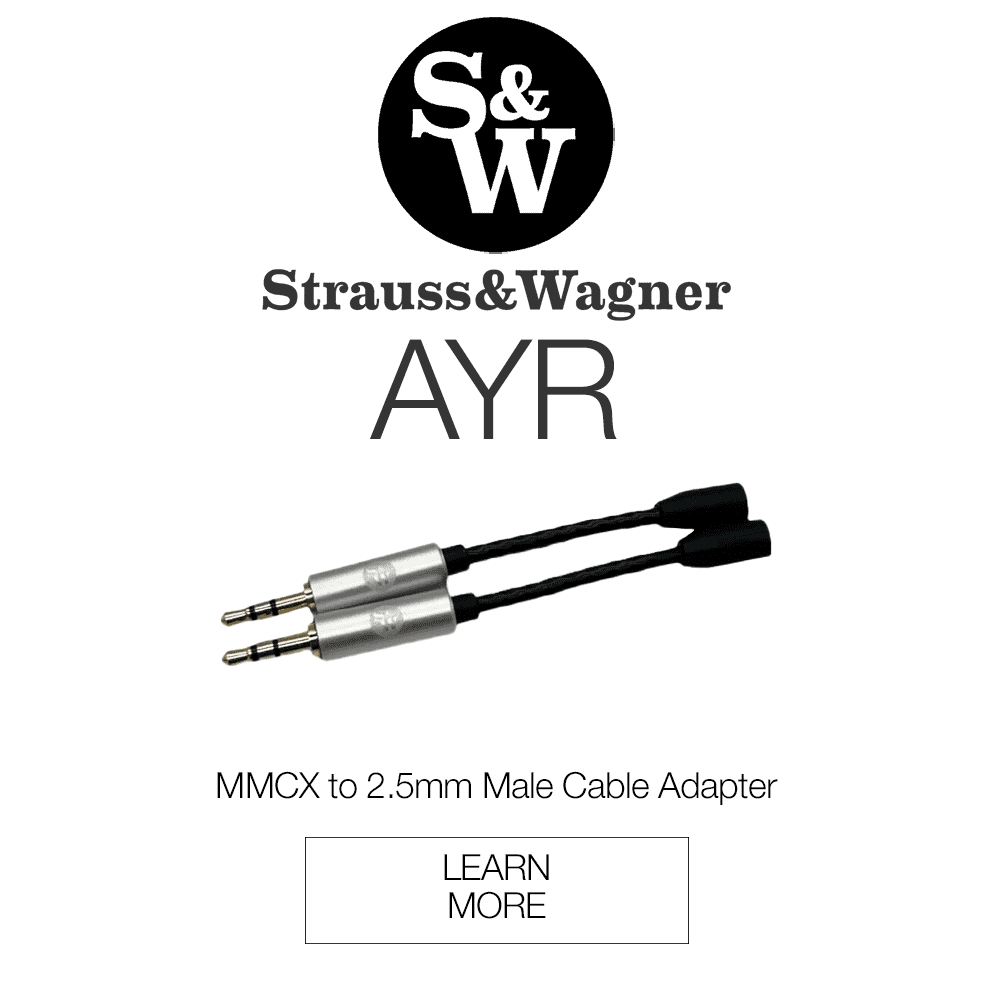JBL and Sennheiser are two of the most legendary companies in the audio world. JBL, with their parent company Harman, have created a blueprint for many sound signatures over the years. Meanwhile Sennheiser has become a reputable source for all things audio. Given their reputations, you would be correct to assume they bring great expertise to the true wireless earbud category. On that note, they’ve produced some of the best true wireless earbuds of 2024 in the Momentum True Wireless 4 and Tour Pro 3. Both come in at $299.95 and each offers significant value and strong performance. But which are the best true wireless earbuds for you? We’ll get into that in this comparison review.
Unboxing: What’s Included with the Sennheiser Momentum TWS 4 and JBL Tour Pro 3?
| Momentum True Wireless 4 Earbuds | JBL Tour Pro 3 earbuds |
|
|
Build Quality: Premium Materials and Design Features Compared
Both the Sennheiser and JBL true wireless earbuds are built to last. Being the flaships of each of their TWS lines, they each pack in great materials and designs. The Momentum TWS 4 comes in three different colors: black graphite, black copper, and white silver. We have the black copper in hand for this review, and I have to say, it’s a looker. The copper plate on the outside of the shell is elegant and luxurious. They’re also quite comfortable, fitting directly in the ear, though they do poke out of the ear canal. The addition of wingfins helps keep them stable in your ears in lieu of any sort of stem, keeping function and aesthetics in balance.
On the flip side, the Tour Pro 3 does use a stem to maintain in-ear stability. It also packs design features into them, using the better proximity to your mouth to place call-mics at the end. Along those lines, the JBL’s premium earbuds are Zoom Certified, making these one of the best true wireless earbuds for phone calls.
The most impressive build feature resides on the case. It’s a screen which allows quick access to settings like ANC mode selection, playback controls, and other options without even needing to use the accompanying app (though the app does offer more sophisticated controls). The screen also displays battery life and notifications so you can get that information without any excess app scrolling. Adding a display is a bold move, but it works well and looks good, so call me a fan.
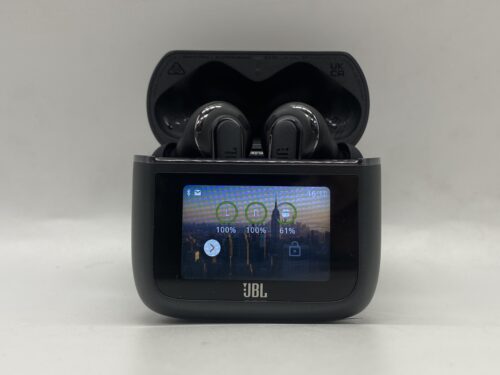
Design and Features: A Closer Look at Aesthetics and Functionality
Using Sennheiser’s TrueResponse dynamic driver, which had served previous models reliably, and continues to do so in the TWS 4. The earbuds also feature an enhanced microphone array which improves call clarity as well as noise-cancelling. As far as ANC goes, it’s pretty good and about on par with the Tour Pro 3 in my experience, though I think the JBL offering is just a little bit stronger.
You can control the ANC mode of the Sennheiser earbuds in the Smart Control companion app, which offers EQ and Sound Zones, which helps the earbuds automatically adjust its settings based on your location. You can also customize the controls on the earbuds through the app, which helps you to take advantage of the touch sensitive on-device controls.
The Tour Pro 3 meanwhile uses a hybrid driver design, sporting a 10.2mm dynamic driver as well as a balanced armature driver. This pairing gets loud, though its headroom isn’t any more significant than that of the TWS 4. Like Sennheiser’s premium earbuds, the JBL earbuds has a companion app where you can customize ANC, and access features like spatial audio, EQ, and Personi-FI, which “helps to personalize the sound using the best possible sound curve based on your hearing capabilities.”
Overall, these are both savvy devices, though control options are a bit more abundant on the Tour Pro 3. If you require options like spatial audio, the JBL is the way to go, otherwise I think these earbuds are pretty even here.
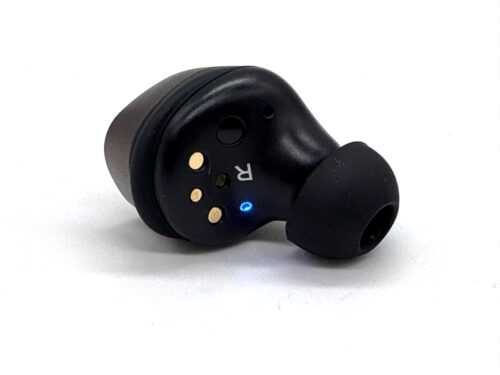
Bluetooth Technology: Connectivity and Codec Support
Sennheiser marked a significant step in their true wireless line by adding Bluetooth 5.4 to the fray. With this newest Bluetooth version, along with Qualcomm S5 Sound Gen 2 with Snapdragon Sound, the TWS 4 is capable of AptX Lossless with compatible devices. It also offers Auracast which enables you to share your Bluetooth signal with others to improve accessibility.
The Tour Pro 3 brings Bluetooth 5.3 to the table, offering both LE Audio and Auracast. LDAC is its highest fidelity codec, so you won’t get the option of true lossless from your wireless connection. I’ll also note that JBL’s earbuds connect to devices much more easily than the Sennheiser. That said, I think Sennheiser wins this one with its next-gen tech.
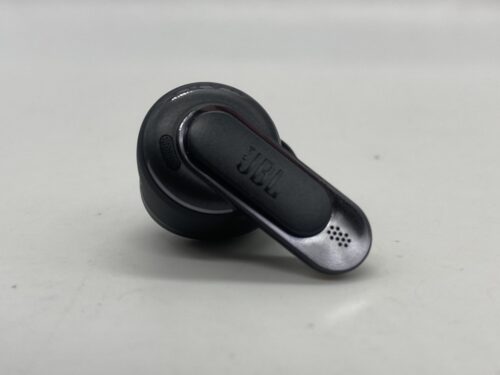
Battery Life: Which Earbuds Last Longer?
The Momentum 4 gives you about seven and a half hours of playtime with ANC off, which extends to 30 hours when used with the case. They are quick charging capable with just eight minutes of charge time adding one hour of playtime.
The JBL battery life is just a bit better, offering 11 hours of playback with ANC off and 44 hours of total playtime when used with the case. And with quick charge, ten minutes can add up to 3 hours of playback time. This one is just a matter of simple math; if battery life is of utmost importance to you, the JBL is probably the better option.

Momentum TWS 4 vs. Tour Pro 3: Which Has Better Sound Quality?
Low End:
Both the JBL and Sennheiser earbuds handle bass really well. The JBL earbuds go for more of a classic Harman v-shaped tuning while the Sennheiser option is a bit more linear. With that in mind, I find the bass to be a bit more fun and dynamic on the Tour Pro 3. It might not be as refined, but it is musical and engaging. The Momentum TWS 4 is a bit more laid back. Don’t get me wrong, both can hit bass notes with heft and punch. But I think fans of a more fun bass sound will prefer the JBL while those who prefer a tighter, more neutral approach will prefer the Sennheiser.
Midrange:
The midrange is probably where the sound of these two earbuds differ the most. As is typical with Harman targeted products, the midrange of the Tour Pro 3 is on the leaner side, giving way for a more dynamic and punchy sound. That being the case, I found the mids to be just fine, if not the most present I’ve ever heard. Meanwhile on the Momentum TWS 4, the midrange is more substantial. It isn’t really colored in any way, keeping with its neutral tonality, but its presence is definitely felt in comparison with the JBL. So if you prefer a midrange that’s a bit leaner, allowing for more musicality to emanate from the bass, then the Tour Pro 3 is a great option. But if you want that more linear and even tonality, I think you might want to try the Momentum.
Top End:
The top end is where these earbuds are more or less even. Both have a great sense of headroom and detail, and I like how each of them presents the top end in relation to its other frequency ranges. The Tour Pro 3 is dynamic and clear, balancing out its prominent bass and offering enough information to support its leaner midrange. And the Momentum TWS 4 does a great job presenting a top end that is present but in character with the rest of the frequency response. If I had to really nitpick, the Sennheiser is a little softer than the JBL, so your preferences may help you pick between the two here. Otherwise, they’re about on par.
Soundstage:
First and foremost, if you want spatial audio, then the Tour Pro 3 is the way to go. If not, then I think the Momentum TWS 4 has the wider soundstage. The JBL is a bit more intimate with a focus on warmth and engagement, while the Sennheiser gives a little bit more space for its refined qualities to shine. I don’t think one is necessarily better than the other, but like has been the case with the previous sound sections, your taste will dictate your preference.
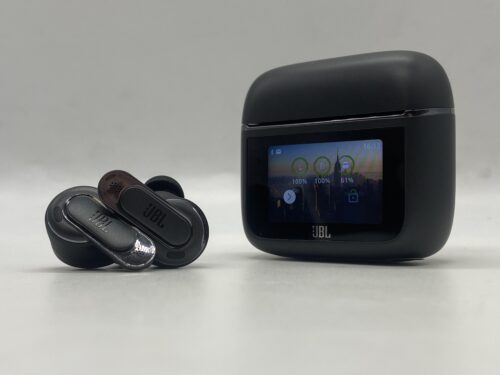
Final Verdict: Momentum TWS 4 vs. Tour Pro 3—Which True Wireless Earbuds Are Best?
Both Sennheiser and JBL have offered excellent options at the $300 & below price point. As I said earlier, these are some of the best true wireless earbuds of 2024. Each one offers unique and modern feature sets, but rarely do they overlap. The JBL has support for spatial audio while the Momentum TWS 4 brings Bluetooth 5.4 to the table. I think the differentiator lies in the use case. If you want a fun listening experience that feels like an experience, then I think the JBL earbuds are an excellent choice. With features like spatial audio and an engaging sound signature to boot, this set of earbuds has a featureset geared for excitement. But if you want a more refined audiophile type of presentation, then the lossless capabilities and more neutral sound signature make this the better earbud for sound quality. But either way, they’re both excellent options, and I don’t think you can go wrong with either.
The Sennheiser Momentum TWS 4 and JBL Tour Pro 3 are available at Audio46.
Compare the ranking of various headphones, earbuds and in-ear monitors using our tools.
Discuss this, and much more, over on our forum.
---MAJORHIFI may receive commissions from retail offers.


